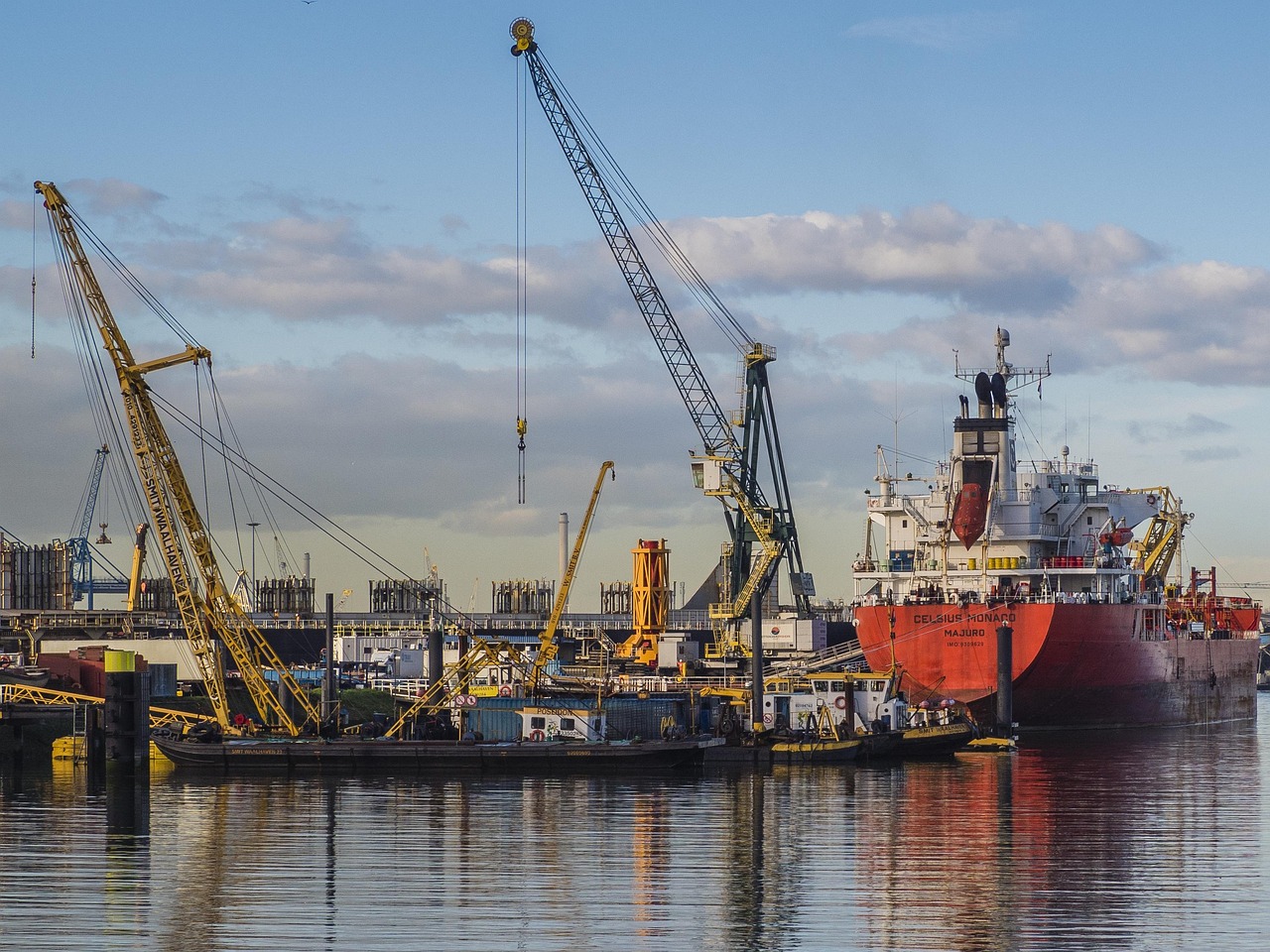Europe’s largest port is preparing for war with Russia
8 July 14:58
The port of Rotterdam in the Netherlands has begun active preparations for a possible military conflict with Russia. The port’s management is reserving space for ships carrying military supplies and planning how to redistribute cargo in the event of war. This is stated in an article by the Financial Times, according to "Komersant Ukrainian".
Military logistics and strategic importance
According to the newspaper, Budewijn Simons, CEO of the Port Authority of Rotterdam, said that the port is coordinating with neighboring Antwerp to receive British, American and Canadian military cargo. According to him, not every terminal is suitable for handling them.
In May, the Dutch Ministry of Defense announced that Rotterdam should provide space to handle several ships with military cargo at NATO’s request. One or more ships will be at the berth for several weeks, 4-5 times a year.
Читайте нас у Telegram: головні новини коротко
The Rotterdam container terminal is the only place in the port where ammunition can be safely transferred from one ship to another. It is also planned to hold amphibious military exercises several times a year, according to the FT.
The port stretches 42 km along the Maas River and handles about 436 million tons of cargo annually. After sanctions against Russia, it lost about 8% of its trade, mostly oil.
European self-sufficiency and preparation for the crisis
In June, NATO Secretary General Mark Rutte warned that Russia could attack one of the alliance’s countries by 2030. In response, the EU is developing a rearmament plan worth up to 800 billion euros, and the Netherlands has pledged to increase defense spending to 5% of GDP.
The COVID-19 pandemic and the sharp decline in Russian oil flows following the invasion of Ukraine have exposed Europe’s vulnerability due to its dependence on a limited number of suppliers. Therefore, ports with their developed distribution networks are seen as ideal locations for strategic stockpiling.
The publication writes that Simons emphasized the need to create strategic stocks of critical materials such as copper, lithium and graphite, just as the EU has kept a 90-day supply of oil since the 1973 oil shock.
On Tuesday, the EU is to present a “stockpiling strategy” that will cover medical supplies, critical raw materials, energy equipment, and potentially food and water.
Читайте нас у Telegram: головні новини коротко
Why the Port of Rotterdam is important
The Port of Rotterdam is the largest seaport in Europe and one of the largest ports in the world by cargo turnover. Located in the Netherlands, in the delta of the Rhine and Maas rivers, it covers an area of about 12,500 hectares and stretches for more than 40 kilometers along the coast.
The history of the port dates back to the 19th century, when its favorable geographical location contributed to its development. Large-scale reconstruction after World War II turned it into a modern megaport. Today the port handles over 470 million tons of cargo per year and about 15 million containers.
Structurally, the port consists of several districts: the central area with traditional berths, the Botlek industrial district, where the petrochemical industry is concentrated, Europort with container terminals, and the state-of-the-art deepwater terminals Maaslakte 1 and 2.
The economic importance of the port for the Netherlands and the whole of Europe is enormous. It provides about 385,000 jobs, generates more than 45 billion euros in revenue annually and serves as Europe’s main gateway to maritime trade. The port is a key transportation hub for Germany, Belgium and Eastern Europe.
The main types of cargo are oil and oil products, containerized cargo, iron ore, coal, chemicals and agricultural products. The port’s current strategy focuses on the introduction of green technologies, automation and digitalization with the aim of becoming the world’s most sustainable port by 2050.









